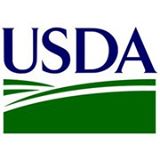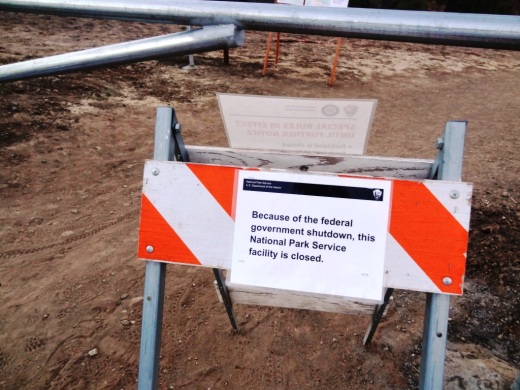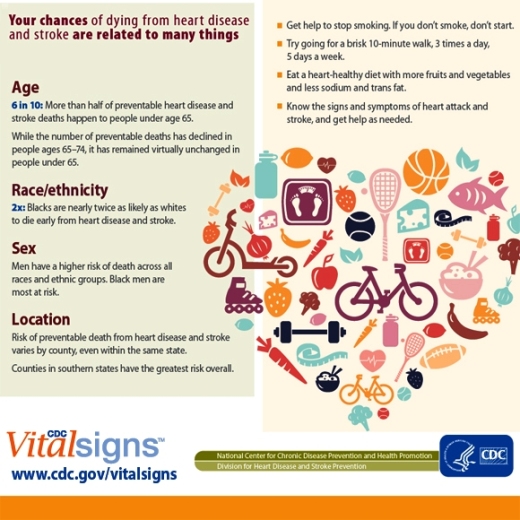Ventura County Public Health Launches "Health Matters in Ventura County" Website
/ Ventura County Public Health (VCPH) recently launched Health Matters in Ventura County (www.healthmattersinvc.org), a website for accurate and timely health-related data for Ventura County. The website’s database, developed in partnership with Healthy Communities Institute (HCI), tracks more than 75 health and quality-of-life indicators in Ventura County using local, state and federal data.
Ventura County Public Health (VCPH) recently launched Health Matters in Ventura County (www.healthmattersinvc.org), a website for accurate and timely health-related data for Ventura County. The website’s database, developed in partnership with Healthy Communities Institute (HCI), tracks more than 75 health and quality-of-life indicators in Ventura County using local, state and federal data.
In the same way that a car’s dashboard displays if a car is running well or not, www.healthmattersinvc.org’s dashboard displays health information in the form of a gauge – with green indicators showing better-than-average performance and red indicators highlighting areas needing improvement.
The unveiling of the new website corresponds with National Public Health Week (NPHW), an annual celebration sponsored by the American Public Health Association to recognize the contributions Public Health departments make in the communities they serve. This year’s NPHW theme is Public Health: Start Here.
Much like how VCPH programs help educate residents about making the right choices to achieve and maintain good health, www.healthmattersinvc.org is designed to provide decision-makers with a starting point to use when looking for the information they need to identify key health problems and develop initiatives to combat those problems. VCPH hopes that the site serves as a valuable resource to government agencies, nonprofits, educational institutions, students and community members.
The site serves as a data depository for health indicators such as HIV/AIDs, diabetes, obesity, cancer, STDs, as well as other infectious diseases. In addition, there is data for quality-of-life indicators including rates of smoking, DUIs, fast food restaurant density, water quality, violent crime and more.
In addition to health indicators, the site also houses VCPH’s newly released health status report entitled “Transforming Ventura Communities: Understanding the Health Status and Needs of Ventura County.” This report, funded in part by the Centers for Disease Control and Prevention’s (CDC’s) Community Transformation Grant, looks closely at the socio-economic factors influencing five strategic directions: (1) Health Eating and Active Living, (2) Tobacco-Free Living, (3) High Impact Clinical Preventive Services, (4) Social and Emotional Wellbeing and (5) Healthy and Safe Physical Environments.










